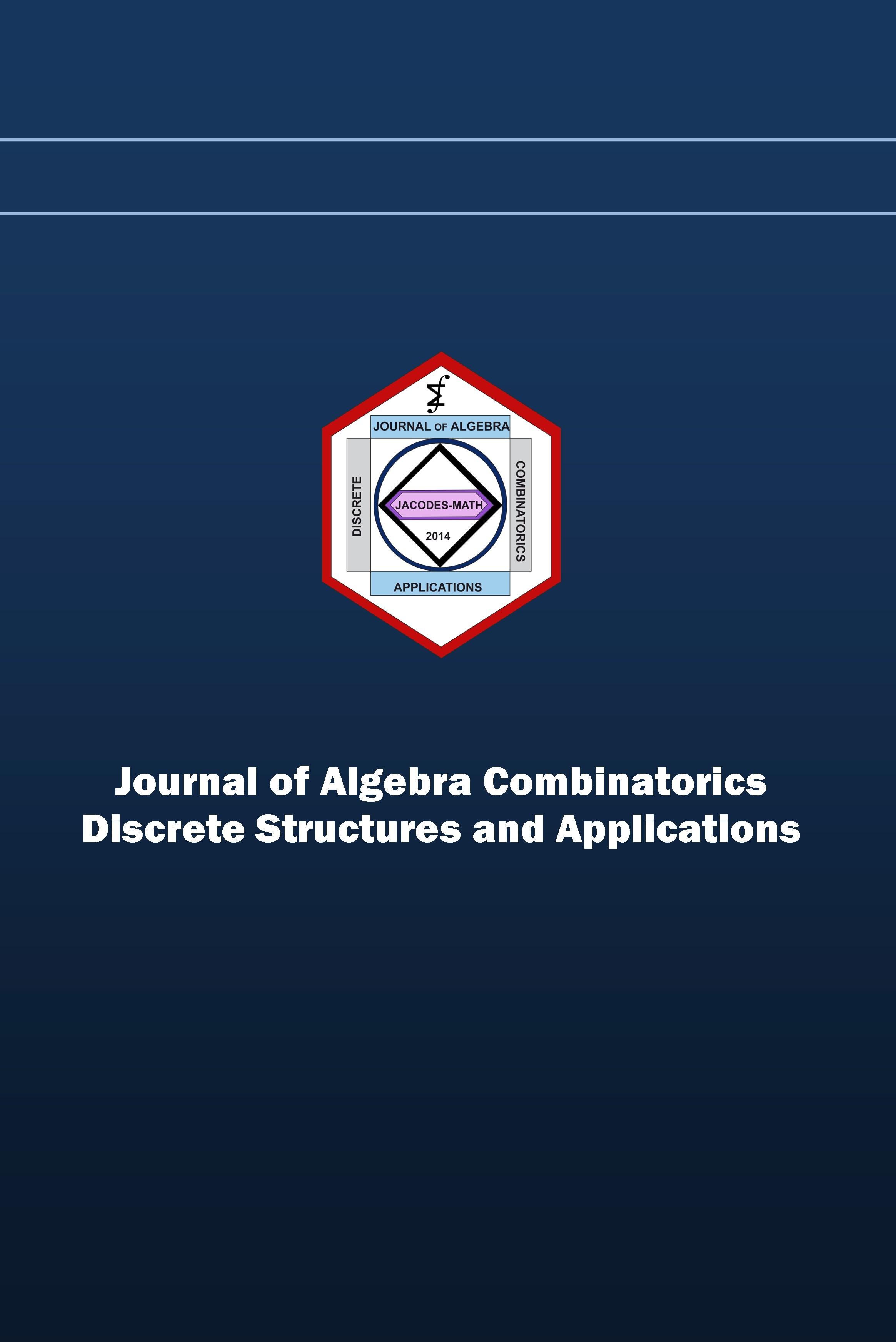Gaussian elimination in split unitary groups with an application to public-key cryptography
Gaussian elimination in split unitary groups with an application to public-key cryptography
Unitary groups Gaussian elimination, Row-column operations,
___
- [1] S. Ambrose, S. Murray, C. E. Praeger, C. Schneider, Constructive membership testing in black–box classical groups, Proceedings of The Third International Congress on Mathematical Software, LNCS 6327 (2011) 54–57.
- [2] H. Bäärnhielm, D. Holt, C. R. Leedham-Green, E. A. O’Brien, A practical model for computation with matrix groups, J. Symb. Comput. 68 (2015) 27–60.
- [3] W. Bosma, J. Cannon, C. Playoust, The Magma algebra system. I: The user language, J. Symb. Comput. 24(3-4) (1997) 235–265.
- [4] P. Brooksbank, Constructive recognition of classical groups in their natural representation, J. Symb. Comput. 35(2) (2003) 195–239.
- [5] P. Brooksbank, Fast constructive recognition of black–box unitary groups, LMS J. Comput. Math. 6 (2003) 162–197.
- [6] R. Carter, Simple Groups of Lie Type, New York: John Wiley and Sons, 1972.
- [7] A. M. Cohen, S. H. Murray, D. E. Taylor, Computing in groups of Lie type, Math. Comput. 73 (2004) 1477–1498.
- [8] E. Costi, Constructive Membership Testing in Classical Groups, Ph.D. thesis, Queen Mary, Univ. of London, 2009.
- [9] J. Dieudonne, On the automorphisms of the classical groups. with a supplement by Loo-Keng Hua, Mem. Amer. Math. Soc. 2 (1951) vi+122.
- [10] J. F. Grcar, Mathematicians of Gaussian elimination, Notices Amer. Math. Soc. 58(6) (2011) 782–792.
- [11] L. C. Grove, Classical Groups and Geometric Algebra, vol. 39, American Mathematical Society, Graduate Studies in Mathematics, 2002.
- [12] N. Jacobson, Basic Algebra I, W. H. Freeman and Company, New York, 1985.
- [13] W. Kantor À. Seress, Black box classical groups, vol. 149, Mem. Amer. Math. Soc. 149 (2001) viii+168.
- [14] C. R. Leedham–Green, E. A. O’Brien, Constructive recognition of classical groups in odd characteristic, J. Algebra 322(3) (2009) 833–881.
- [15] A. Mahalanobis, A simple generalization of the ElGamal cryptosystem to non–abelian groups II, Commun. Algebra 40(9) (2012) 3583–3596.
- [16] C. Monico, Cryptanalysis of matrix–based MOR system, Commun. Algebra 44(1) (2016) 218–227.
- [17] A. C. Niemeyer, C. E. Praeger, A recognition algorithm for classical groups over finite fields, Proc. London Math. Soc. 77(1) (1998) 117–169.
- [18] E. A. O’Brien, Algorithms for matrix groups, Groups St. Andrews 2009 in Bath, II, London Math. Soc. Lecture Note Ser., 388 (Cambridge Univ. Press, Cambridge, 2011), 297–323.
- [19] SH. Paeng, KC. Ha, J. H. Kim, S. Chee, C. Park, New public key cryptosystem using finite non–abelian groups, Crypto 2001 (J. Kilian, ed.), LNCS, vol. 2139, Springer–Verlag, (2001) 470–485.
- [20] Á. Seress, An introduction to computational group theory, Notices Amer. Math. Soc. 44(6) (1997) 671–679.
- [21] R. Steinberg, Variations on a theme of Chevalley, Pacific J. Math. 9 (1959) 875–891.
- Başlangıç: 2015
- Yayıncı: İrfan ŞİAP
On the equivalence of cyclic and quasi-cyclic codes over finite fields
Kenza GUENDA, T. Aaron GULLİVER
Gaussian elimination in split unitary groups with an application to public-key cryptography
Ayan MAHALANOBİS, Anupam SİNGH
Enumeration of extended irreducible binary Goppa codes of degree $2^{m}$ and length $2^{n}+1$
Augustine İ. MUSUKWA, Kondwani MAGAMBA, John A. RYAN
A class of cyclic codes constructed via semiprimitive two-weight irreducible cyclic codes
Jesús E. CUÉN-RAMOS, Gerardo VEGA
Rumen DASKALOV, Plamen HRİSTOV
Twin bent functions, strongly regular Cayley graphs, and Hurwitz-Radon theory
